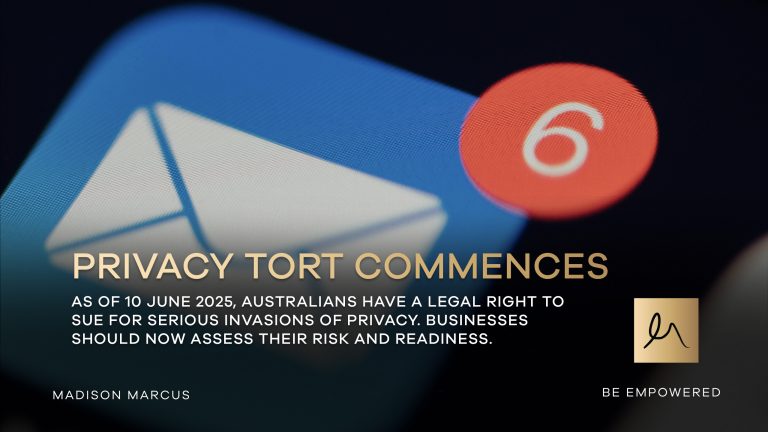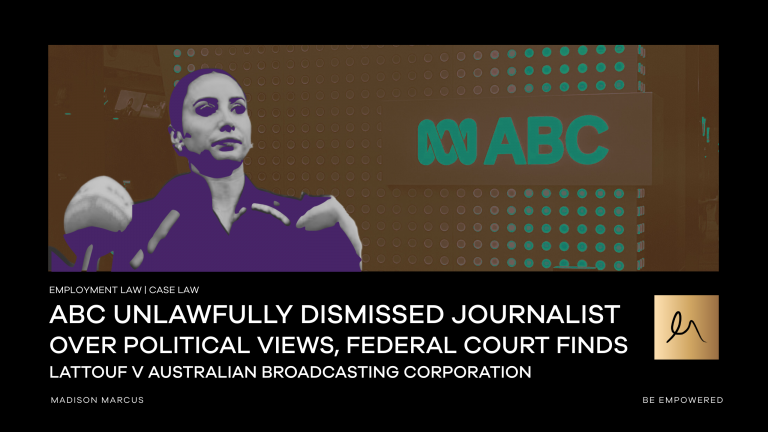Family Law in Australia is an encompassing act that mandates how to proceed with issues regarding marital relations, child custody and conjugal properties. It upholds and preserves the sanctity, values and principles of an Australian family and protects the rights of its constituents, especially the children.
Divorce is one of the most challenging cases to settle under the Family Law Act. The ex-spouses usually have difficulty agreeing to many things, and children or conjugal properties can complicate the divorce settlement. This is because emotions are at their peak, and the process can be stressful. Can you have a peaceful divorce?
The easy answer is yes. However, the ex-spouses and their lawyers must work together and align their interests to achieve their desired outcome. Barring no history of domestic violence or mental health abuse for either spouse, both parties can settle legal issues without going to court.
A relatively new option under the family dispute resolution is called collaborative family law, which seeks to upend the usual adversarial approach to settling divorce cases.
At Marcus Madison, we want our clients to understand collaborative family law and why this can be a viable divorce settlement option. Read through this article to understand and learn more about collaborative divorce cases.
What Is Collaborative Family Law?
A relatively recent amendment to the Family Law Act in 2010 sought to provide an additional option for professionally assisted dispute resolution to allow couples to reach an agreement without needing litigation.
This new option gives lawyers a notable role, requiring skill sets akin to mediation, whereby the two parties collaborate with other professionals to discuss family-related and child-related issues. The goal is to reach amicable agreements that benefit all parties involved.
Collaborative family law ensures that negotiations are transparent for both parties while respecting their privacy and that it follows a cross-functional and participative approach. Beforehand, the couple and lawyers sign a legal written agreement whereby the directive is that both parties will not litigate nor threaten litigation during the collaborative divorce.
Both divorce lawyers will also agree not to advise litigation to their clients. The agreement is abolished if both parties are non-adherent or the dispute is not settled. If abolishment happens, the lawyers representing both parties aren’t allowed to handle their litigation cases and are referred to new lawyers.
Who Can Opt for Collaborative Divorce Settlements?
While this process is open for all separating couples, it’s not suitable for all of them. A highly trained collaborative family lawyer will help assess if the client is fit to use this process. Some clients, like those with severe psychological disorders or a history of domestic violence, are exempted from using this process.
The screening approach or interview deviates from traditional negotiation or rights-based approaches. Instead, the lawyers opt for a process interview wherein all methods of achieving settlements are discussed with the client.
It is important to note that the client at this point should not indicate a clear preference for any of the dispute methods, and any final decision is saved for a future date. Lawyers shouldn’t direct their clients to any subjective choice for a particular process or provide unnecessary legal advice.
What Are the Issues Explored During the Collaborative Process?
At any time during the interview, the collaborative divorce lawyer can explore, settle and mitigate issues that may hamper the collaborative process. This includes but is not limited to the following:
- Concerns regarding the client being in the same place with their ex-spouse. Any form of discomfort or anxiety is addressed and discussed with both clients.
- Trust issues between the ex-partners. The lawyers ask their clients about the level of distrust should this be a determinant for any of them to pursue court proceedings. The lawyers may also consider solutions to address the lack of trust.
- Issues concerning the ability to show empathy towards their ex-partner. Lawyers consider this a basis for how the two parties can compromise.
- Issues concerning communication. Lawyers assess how clients express their needs moving forward to ensure that both parties understand what they want to achieve.
- Any addiction or drug-dependency issues.
If any of these issues are present or are not resolved, it doesn’t necessarily mean that the Court will bar clients from the collaborative process. Like mediation cases, the collaborative divorce lawyer can work with professionals, such as psychologists, sobriety coaches or any other field necessary, to support the clients. In summary, clients should perceive the collaborative process as a safe space to work towards achieving what’s best for the family.
How Are Settlements Reached in a Collaborative Divorce?
Whilst there is no fixed process in a collaborative divorce settlement, lawyers do all they can to ensure the two parties reach a fair agreement. A critical aspect of this is the clients’ openness and honesty. All the necessary documents and information for the process should be available to all parties involved.
The process, however, is settled privately with no other parties involved, with the exemption of other professionals providing therapeutic support to the family. Lawyers also adopt an interest-based approach for the clients to follow through. This approach urges the parents to focus on ensuring the separation does not affect the child’s well-being.
Notably, collaborative family law works independently from the Court. If the interview process goes well for both parties, the lawyers and clients sign a participation agreement, which is legally binding, and all parties must adhere to it. This approach means that the Court removes litigation from the equation but still reserves the right to court proceedings if the dispute resolution breaks down. The lawyers voluntarily exclude themselves from representing their clients if there is no agreement.
If all goes well and the parents come up with cooperative negotiations, the collaborative lawyers proceed to write a separation agreement. All necessary information, including child custody arrangements and scheduling, are noted. The Family Court then moves to ratify the agreement and sends the legally binding court order.
How Madison Marcus Can Help You
The Family Law Act in Australia has come a long way in providing a legal model that preserves the concept of family and promotes peace and good communication. This model, the collaborative family law, contrasts the usual rights-based and adversarial approach that puts couples in a win–lose situation.
For collaborative family law services, reach out to us at Marcus Madison and book an appointment. We’re here for all your legal needs.







